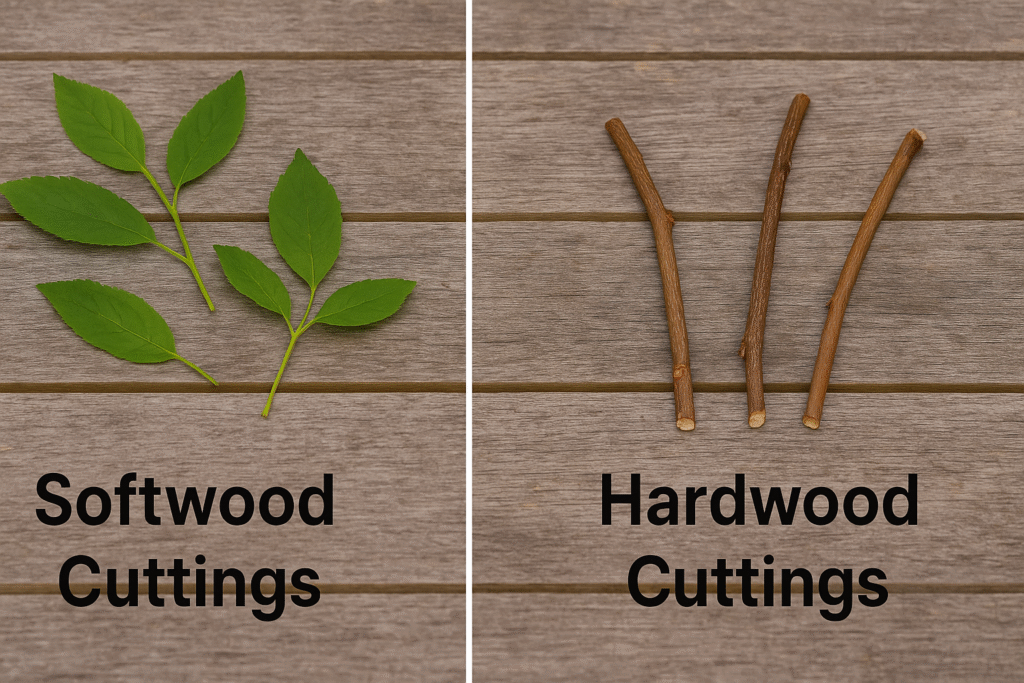
Softwood vs. Hardwood Cuttings Explained: Key Differences for Successful Plant Propagation
When it comes to plant propagation, choosing the right cutting type can make all the difference. Softwood vs. hardwood cuttings explained: which one should you use? Understanding the differences between these two cutting methods is essential for successful propagation, whether you’re looking to grow a new plant or multiply your garden favorites. In this article, we’ll break down the key characteristics of softwood and hardwood cuttings, helping you determine which method works best for your plants. Get ready to boost your gardening skills and take your propagation efforts to the next level!
Table of Contents
ToggleWhat Are Softwood Cuttings?
Softwood cuttings are young, flexible stems taken from plants during their active growing season. These stems are typically new growth that hasn’t fully hardened or matured, making them ideal for propagation. Softwood cuttings are known for their ability to root easily compared to older, woody stems.
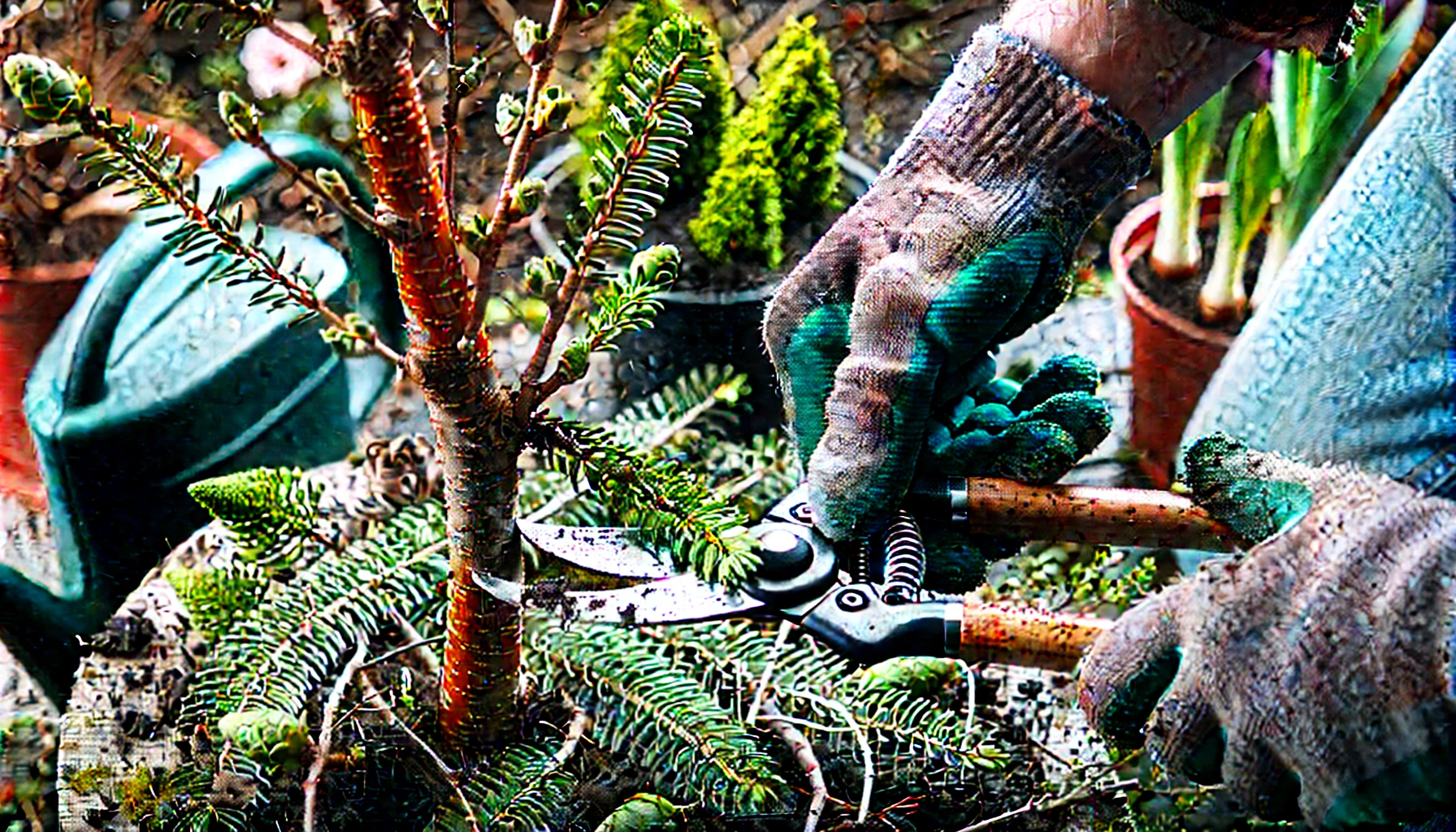
When you take a softwood cutting, it’s usually from the tip of the plant, where the growth is tender and soft. This part of the plant contains high levels of water and nutrients, which help the cutting develop roots quickly when placed in the right environment.
For many gardeners, softwood cuttings are an essential method for cloning plants. They are often used for plants like herbs, shrubs, and flowering varieties. Propagating with softwood cuttings allows gardeners to produce new plants quickly, without the need for seeds, which can be a slow and unpredictable process.
In short, softwood cuttings are an efficient and reliable way to propagate plants, giving you a fast and effective way to grow new specimens from your existing plants.
What Are Hardwood Cuttings?
Hardwood cuttings are a popular and effective method of plant propagation. They involve taking a cutting from the mature, dormant wood of a plant—usually in late fall or winter when the plant is not actively growing. These cuttings are typically 6-12 inches long and are taken from stems that have hardened and matured, unlike softwood or semi-hardwood cuttings, which are taken from younger, more flexible growth.
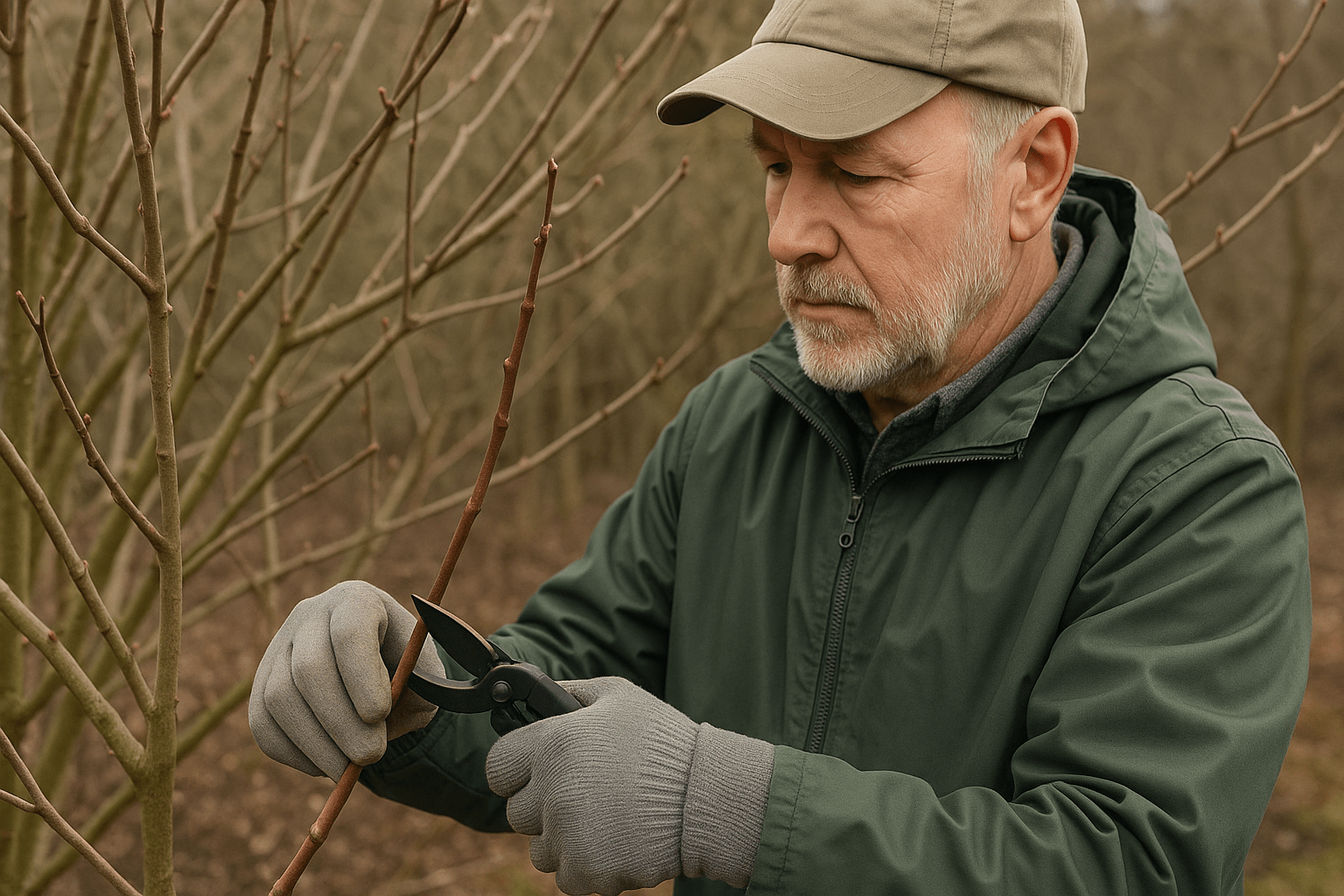
The key to successful propagation with hardwood cuttings lies in selecting healthy, disease-free wood. Once taken, these cuttings are often rooted in soil or water, where they develop roots over time. Hardwood cuttings are known for their high success rate and are commonly used for woody plants, shrubs, and trees like roses, forsythia, and lilacs.
This method offers several benefits: it’s cost-effective, requires minimal tools, and is an excellent way to expand your garden or preserve plant varieties. Whether you’re an experienced gardener or a beginner, hardwood cuttings are an easy and reliable option for creating new plants.
Key Differences Between Softwood and Hardwood Cuttings
When propagating plants, the choice between softwood and hardwood cuttings plays a crucial role in the success of your propagation efforts. Understanding the key differences between these two types of cuttings can help you choose the best method for your plants.
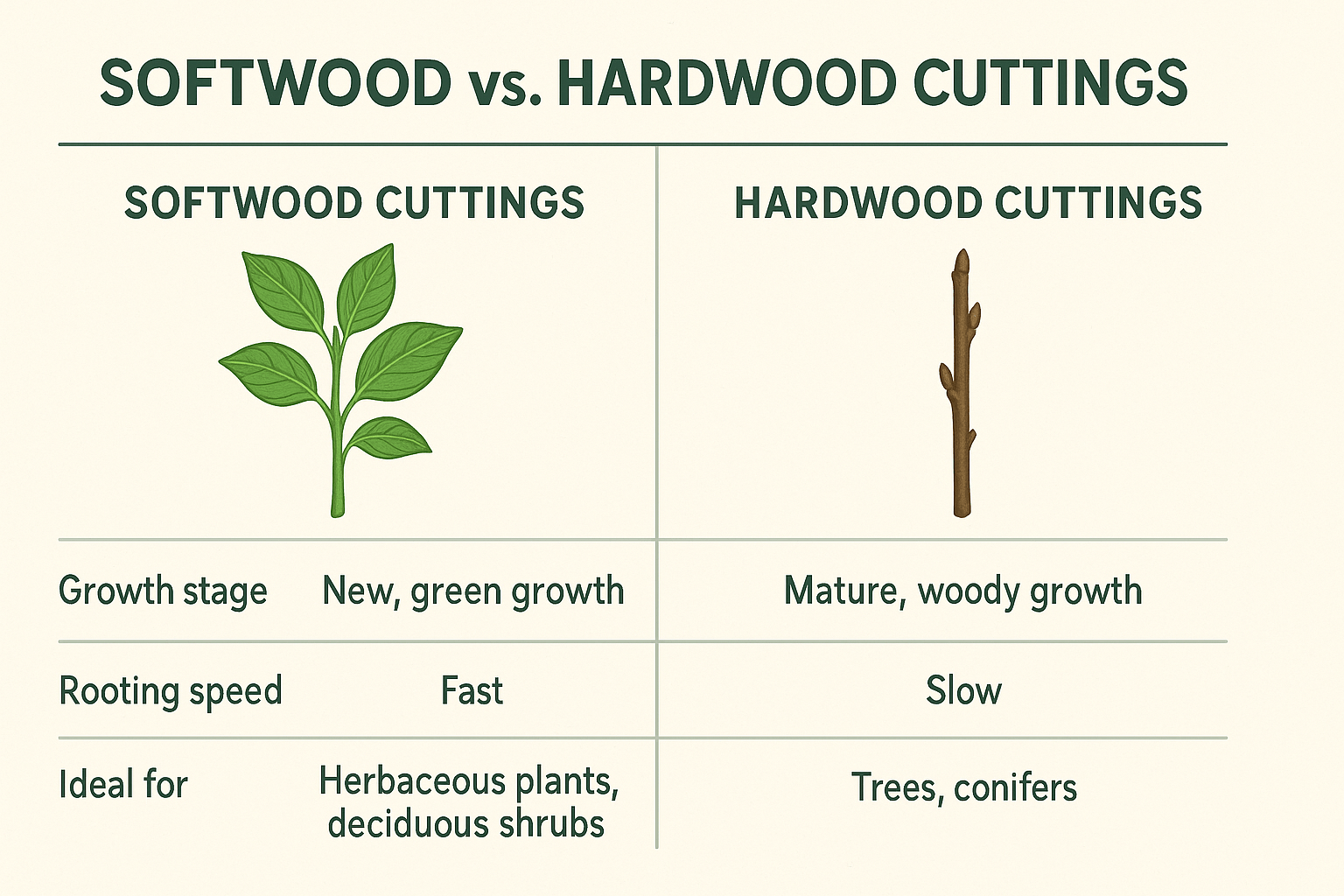
- Growth Stage:
- Softwood Cuttings are taken from new, tender growth, usually in spring or early summer. The stems are flexible and green, making them ideal for quick rooting.
- Hardwood Cuttings come from mature, woody stems taken during the dormant season, typically in late fall to winter. These cuttings are rigid and have a tougher exterior.
- Rooting Speed:
- Softwood Cuttings root faster due to their active growth, often taking just a few weeks to establish roots.
- Hardwood Cuttings take longer to root, sometimes several months, as they are dormant and need more time to produce new growth.
- Success Rate:
- Softwood Cuttings tend to have a higher success rate because of the plant’s vigor during the growing season.
- Hardwood Cuttings may have a lower success rate since they require more care and patience, but they can still be reliable when propagated properly.
- Suitable Plants:
- Softwood Cuttings are best for fast-growing plants like herbs, shrubs, and certain perennials.
- Hardwood Cuttings are typically used for slower-growing plants like roses, deciduous trees, and certain types of vines.
- Care and Conditions:
- Softwood Cuttings need a humid environment and consistent moisture to thrive, making misting or a propagation dome helpful.
- Hardwood Cuttings require less attention to humidity but need a cool, dry space to stay dormant while rooting.
By understanding these key differences, you can decide whether to use softwood or hardwood cuttings based on your plant’s needs and the time of year. Each method has its benefits, so choose wisely to increase your chances of successful propagation.
How to Take Softwood Cuttings
Taking softwood cuttings is an effective way to propagate many plants, offering a cost-efficient and straightforward method for expanding your garden. Softwood cuttings are taken from new, tender growth typically in late spring or early summer, when the plant is actively growing.
Step-by-Step Guide to Taking Softwood Cuttings
- Choose the Right Plant: Select a healthy plant with soft, flexible stems. Avoid any flowers or seeds as they can divert the plant’s energy away from root development.

- Prepare Your Tools: Clean, sharp pruning shears or scissors are essential to avoid damaging the plant. Sterilize the tools with rubbing alcohol to prevent the spread of disease.
- Cut the Stem: Snip a 4-6 inch section from the tip of the softwood stem, ensuring it has at least two or three leaf nodes. Make the cut just below a leaf node to increase rooting potential.
- Remove Lower Leaves: Trim off the bottom leaves of the cutting, leaving only a couple of leaves at the top. This helps reduce water loss and encourages root growth.
- Prepare the Cutting for Planting: Dip the cut end of the stem into rooting hormone (optional but helpful for quicker root development). Rooting hormones contain natural auxins that stimulate root growth.
- Plant the Cutting: Insert the cutting into a container filled with a well-draining potting mix or perlite. Make a small hole in the medium with a pencil or stick before placing the cutting in to avoid damaging it.
- Create a Humid Environment: Cover the cutting with a plastic bag or a mini greenhouse to retain moisture. Place it in a bright, warm area with indirect sunlight, ensuring it stays at a temperature of around 65-75°F (18-24°C).
- Water and Monitor: Keep the cutting moist but not waterlogged. Check it daily for signs of wilting or mold. After a few weeks, you should notice roots developing.
- Transplant: Once the cutting has developed a strong root system, carefully transplant it into a larger pot or directly into your garden.
By following these simple steps, you can successfully take softwood cuttings and propagate your favorite plants. This method is perfect for gardeners looking to multiply their plants without spending much money.
How to Take Hardwood Cuttings
Taking hardwood cuttings is a reliable method for propagating many plants, especially during the winter months when the plant is dormant. Here’s a step-by-step guide to help you succeed:
Choose the Right Plant Material
Select a healthy, non-flowering hardwood stem from the current season’s growth. Look for stems that are about the thickness of a pencil. These should be mature and firm but not too old or brittle.
Prepare the Cutting
Using a sharp, clean pruning tool, cut a 6-8 inch section of the stem. Ensure the cutting has at least two or three buds. Make the cut just below a node (the point where leaves or branches emerge) to maximize rooting potential.
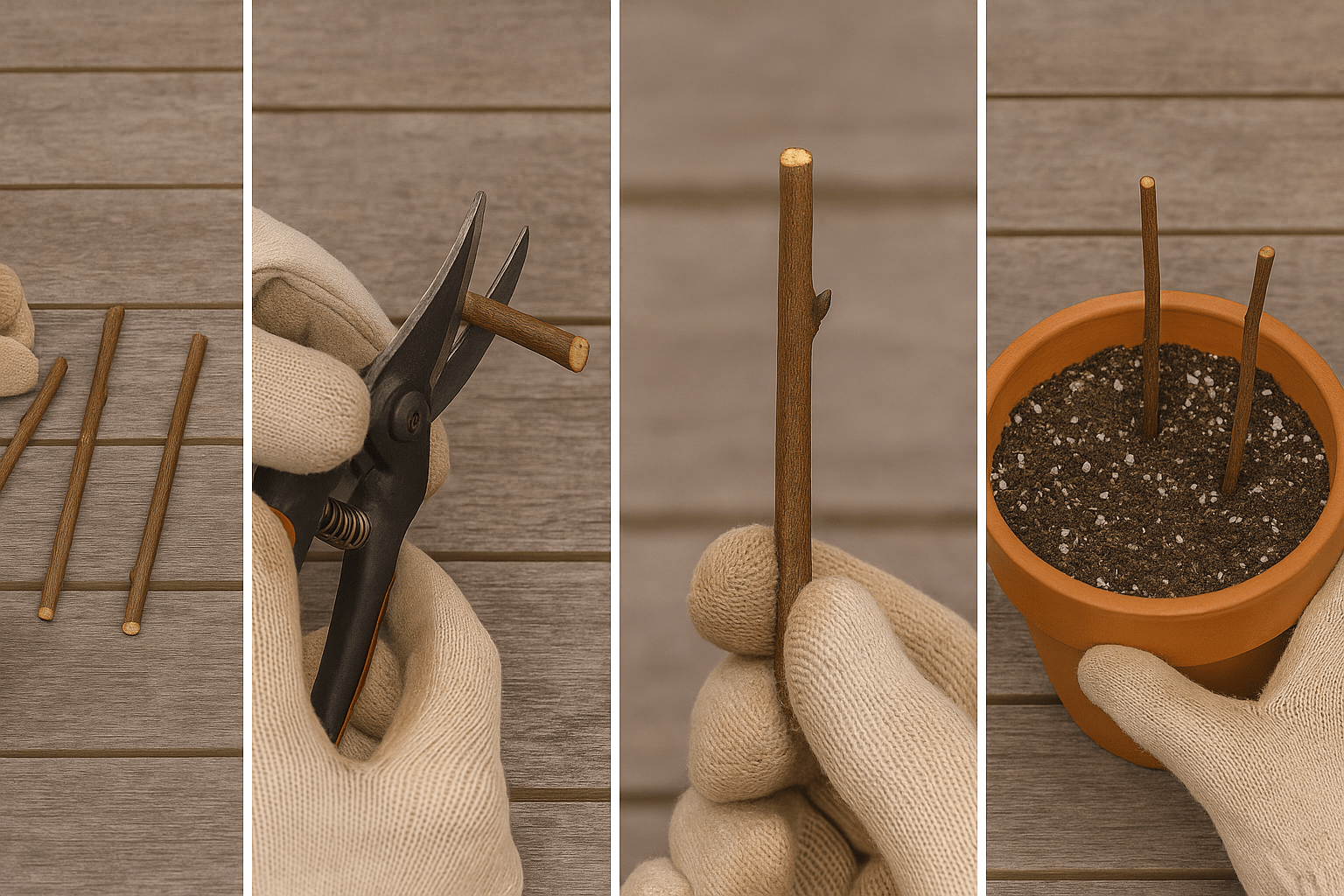
Trim the Cutting
Remove any leaves or side shoots from the lower half of the cutting to prevent them from rotting. Leave a few leaves at the top to ensure the cutting still has some energy for growth.
Optional: Apply Rooting Hormone
Dip the cut end of the cutting into rooting hormone powder to encourage faster root development. This step is optional but can increase success rates, especially for plants that are more difficult to propagate.
Plant the Cutting
Insert the cut end into a pot filled with well-draining potting mix. Make a hole with a stick or pencil to avoid damaging the cutting, then gently press the soil around it. Water lightly to settle the soil.
Create a Humid Environment
Cover the cutting with a plastic bag or place it in a propagator to maintain humidity. This helps reduce water loss and encourages root formation. Ensure the cutting gets indirect light but avoid direct sunlight, which can scorch it.
Monitor and Wait
Check the cutting regularly, ensuring the soil remains moist but not waterlogged. In a few weeks, you should notice new growth at the top, signaling that roots are forming.
Transplanting
Once the cutting has established roots, typically in 4-6 weeks, you can transplant it into a larger pot or directly into the garden.
Pro Tip: Hardwood cuttings work best with deciduous shrubs, roses, and trees, so keep this method in mind for those species. For more delicate or slower-rooting plants, consider using softwood or semi-hardwood cuttings instead.
With patience and care, taking hardwood cuttings is a simple yet effective way to expand your garden.
Choosing the Right Cutting for Your Plant Propagation Needs
Selecting the right cutting is crucial for successful plant propagation. Whether you’re propagating from a stem, leaf, or root cutting, understanding how to choose the best piece can significantly increase your chances of success.

Choose Healthy, Mature Growth
Select a healthy, non-flowering stem or leaf cutting. This ensures the plant is actively growing and has the energy needed to root. Avoid any cuts from damaged or diseased parts of the plant.
Consider the Cutting Type
Different plants require specific cutting types. Stem cuttings are ideal for plants like roses, herbs, and houseplants. Leaf cuttings work best for plants like succulents and begonias. Root cuttings are ideal for certain perennials. Always know what works best for the plant species you’re propagating.
Look for New Growth
New, young growth tends to root more easily than older, woody stems. Look for soft, green shoots that are 4-6 inches long. These cuttings are typically more successful in propagation.
Avoid Overly Mature Growth
Older growth can be tough and less likely to root, especially in plants like vines or shrubs. Always aim for semi-hardwood cuttings, which are mature enough to have strong rooting potential but not too old to be stiff.
Cut Just Below a Node
When taking a stem cutting, make sure to cut just below a node (the point where leaves emerge). This is where new roots will form, increasing the chances of successful propagation.
By carefully selecting your cuttings based on these factors, you can ensure better results in your plant propagation efforts.
Troubleshooting Common Problems with Cuttings
When propagating plants through cuttings, things don’t always go as planned. Here are some common issues and how to solve them effectively:
1. Wilting or Drooping Cuttings
Wilting is often caused by insufficient humidity or watering. To fix this:
- Ensure your cuttings are in a humid environment. You can cover them with a plastic bag or use a humidity dome.
- Check that the soil is moist but not soggy. Overwatering can lead to root rot, so allow the soil to dry slightly between waterings.
2. Cutting Doesn’t Root
If your cutting isn’t producing roots, it might be because:
- The cutting is too old or too young. Use a healthy, semi-soft stem from the plant.
- You haven’t used rooting hormone, or the hormone might not be applied correctly. Always dip the base of the cutting into rooting hormone to encourage growth.
- The environment is too cold. Maintain a warm temperature (70–75°F or 21–24°C) to promote root development.
3. Yellowing Leaves
Yellowing can indicate that the cutting is either overwatered or underwatered.
- Check the soil moisture level. Keep the soil lightly moist, not waterlogged.
- Yellowing can also be a sign of nutrient deficiency. Use a diluted, balanced fertilizer once roots have formed.
4. Fungal Growth or Mold
Fungal growth often occurs in overly damp, stagnant conditions. To prevent mold:
- Ensure good air circulation around your cuttings.
- Avoid overwatering and use well-draining soil.
- If mold appears, remove the affected cutting and clean the area thoroughly to prevent further spread.
5. Cutting Doesn’t Produce New Growth
If the cutting has rooted but isn’t producing new growth, it may be stressed.
- Ensure it’s receiving adequate light, but not direct harsh sunlight, which can scorch delicate new growth.
- Check if the cutting is still in a humid environment. As it adjusts to a drier setting, you can gradually reduce humidity.
By identifying these common problems early, you can improve your cutting success rate and enjoy thriving plants in no time!
In conclusion, understanding the differences between softwood vs. hardwood cuttings explained is essential for anyone looking to successfully propagate plants. Softwood cuttings offer quick rooting and are ideal for fast-growing, non-woody plants, while hardwood cuttings, though slower to root, provide a more resilient foundation for hardy, woody plants. By choosing the right cutting method based on your plant’s needs, timing, and environmental conditions, you’ll increase your chances of success and enjoy a thriving garden. With the tips shared in this article, you’re now equipped to confidently propagate plants and expand your garden effortlessly. Happy propagating!
Frequently Asked Questions(FAQ)
What is the difference between softwood and hardwood cuttings?
Softwood cuttings come from young, tender growth during the plant’s active growing season (spring to early summer), while hardwood cuttings are taken from mature, woody stems after the growing season (late fall to winter). Softwood cuttings root faster but are more delicate, while hardwood cuttings root slower but are hardier.
When is the best time to take softwood cuttings?
The best time to take softwood cuttings is during the spring to early summer, when the plant is actively growing and producing tender, flexible stems.
When should I take hardwood cuttings?
Hardwood cuttings should be taken in late fall to early winter when the plant is dormant. This is the period when the stems are mature, woody, and ready for propagation.
Which type of cutting is easier to root?
Softwood cuttings are generally easier to root because of their high moisture content and active growth. They typically root faster than hardwood cuttings, which require more time and patience.
What plants are best suited for softwood cuttings?
Softwood cuttings are ideal for fast-growing plants like geraniums, begonias, and some shrubs that produce tender growth during the spring and early summer.
What types of plants are best for hardwood cuttings?
Hardwood cuttings are best suited for woody plants, such as roses, lilacs, and fruit trees, which have mature, woody stems. These plants are typically dormant in late fall and early winter.
Can I use rooting hormone with both softwood and hardwood cuttings?
Yes, rooting hormone can be used for both types of cuttings to encourage root development. However, softwood cuttings may require less rooting hormone than hardwood cuttings, which often benefit more from it due to their slower rooting process.
How long does it take for softwood and hardwood cuttings to root?
Softwood cuttings generally root within a few weeks, while hardwood cuttings may take several months to develop roots, depending on the plant species and environmental conditions.
